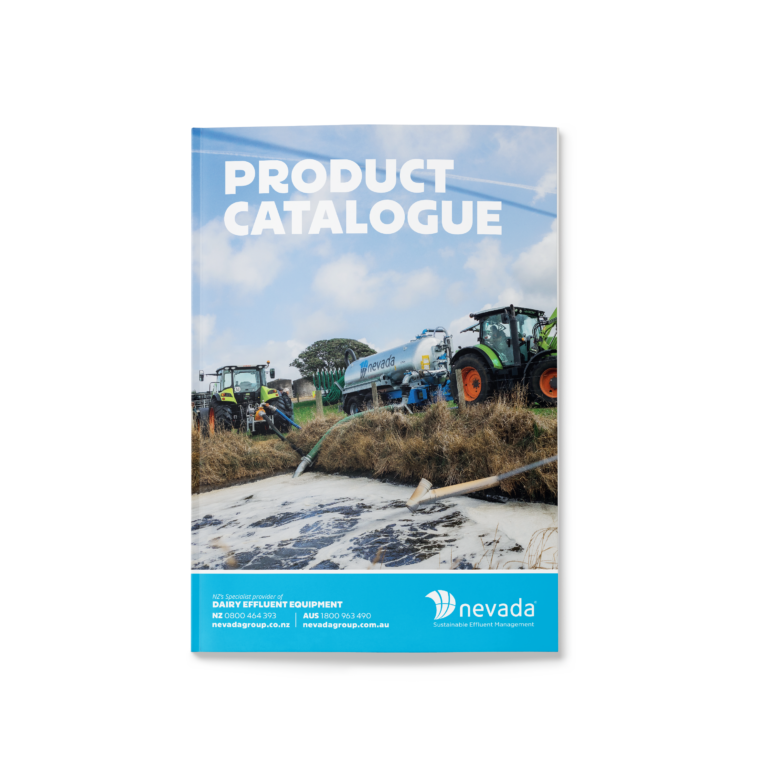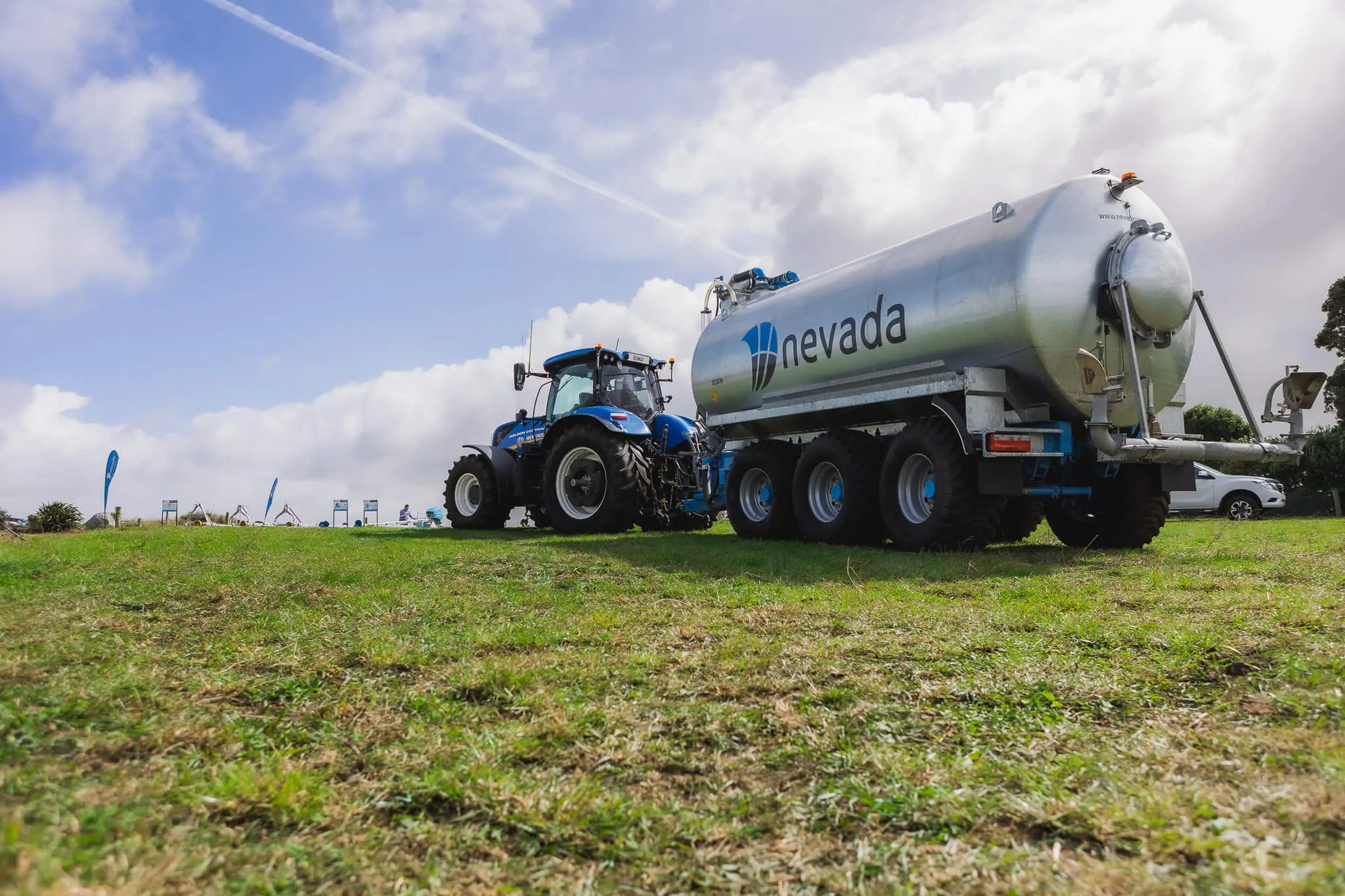- Sustainable Effluent Management
Electric System: Can be more automated, reducing the need for direct involvement when effluent is being irrigated, making it ideal for farms with limited worker resource or seeking increased automation.
PTO System: Requires farm workers to operate the system.
Electric System: The farm requires access to reliable power source; laying the power cable out to the effluent storage location.
PTO System: Offers a great level of flexibility and is not dependent on a fixed power source.
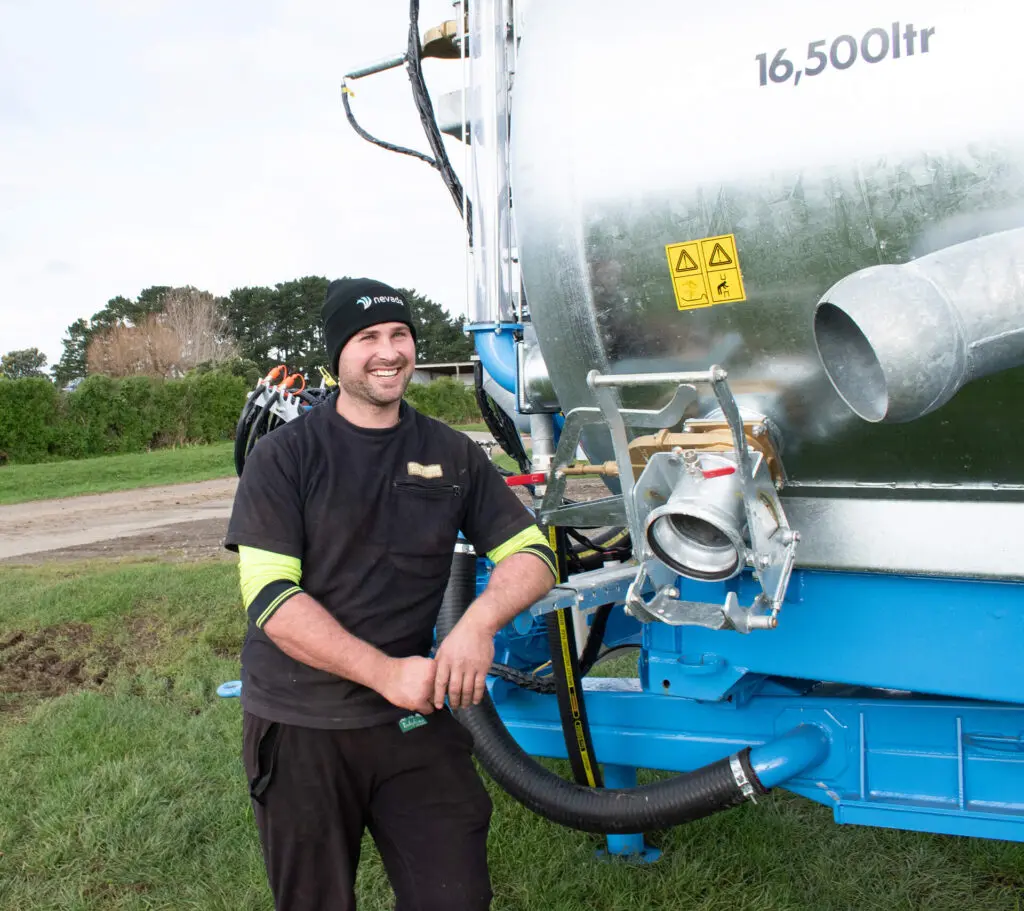
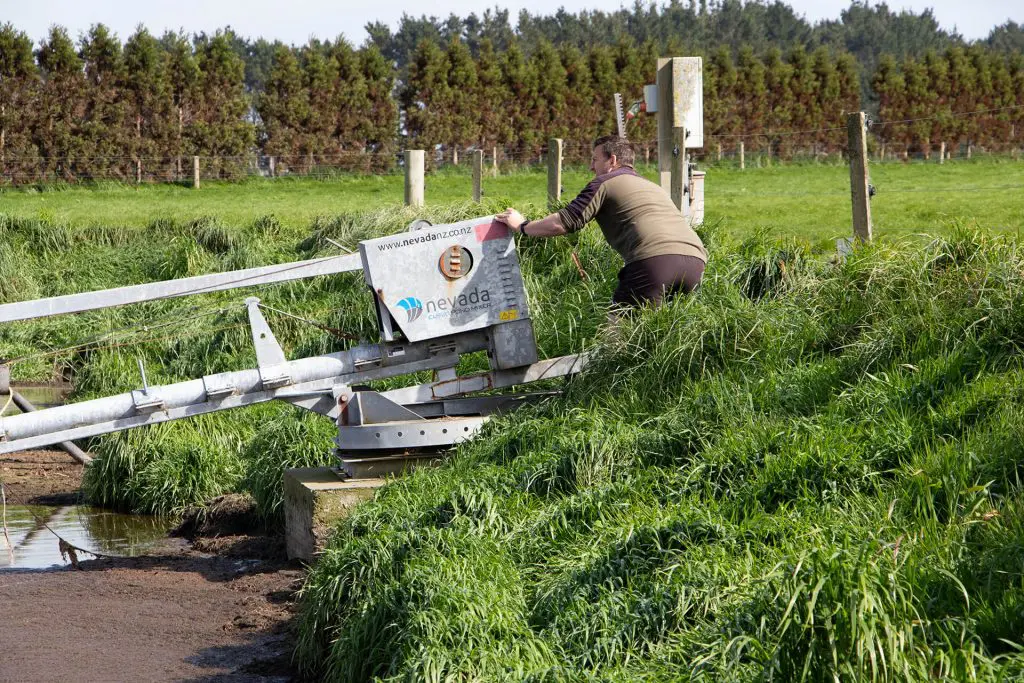
Electric System: It generally offers good durability and longevity but may have higher upfront costs and dependence on reliable electrical infrastructure.
PTO System: Sometime lower initial upfront cost due to using existing tractor assets but this may tie up the tractor when it’s required for another use on the farm.
Electric System: Installed in-ground, lacks mobility; suitable for a fixed location.
PTO System: Highly mobile, can be used in multiple locations and is ideal for supplementary contracting.
Electric System: More automated but specifying the correct equipment and design layout is critical for long-term compliance and reliability.
PTO System: Often fewer moving parts or less pieces of equipment so they can be reliable if the human labour is available to operate it. Can be more accurate in its proof of placement of the effluent for assurance with regulatory compliance.
Electric System: Sometimes higher initial investment due to electric infrastructure requirements.
PTO System: Sometimes lower initial costs as it utilizes existing tractor to power the equipment.
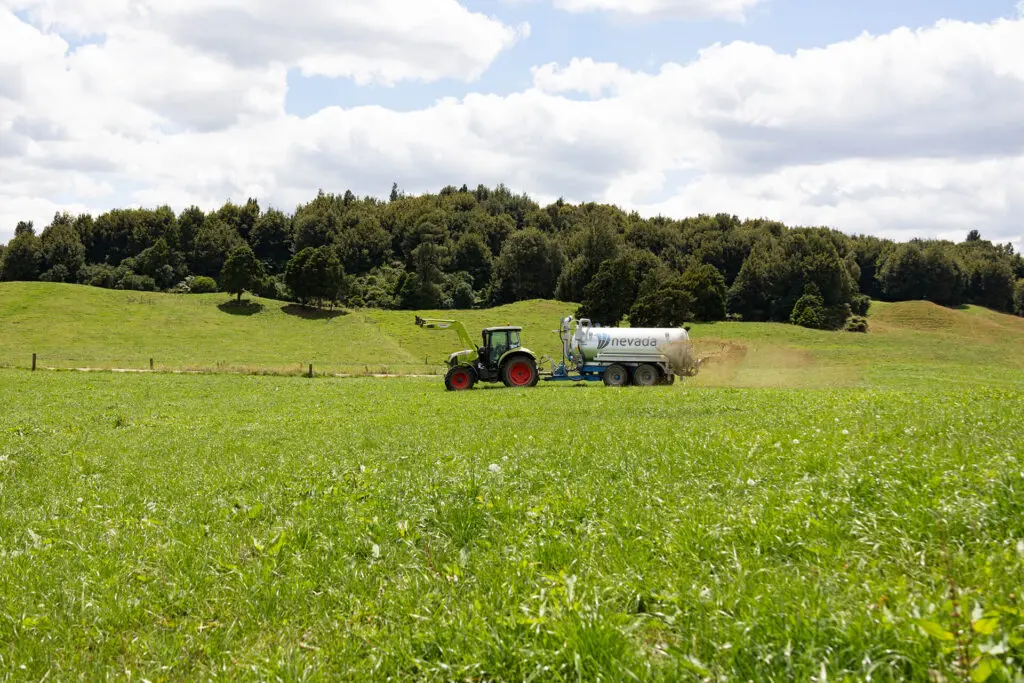
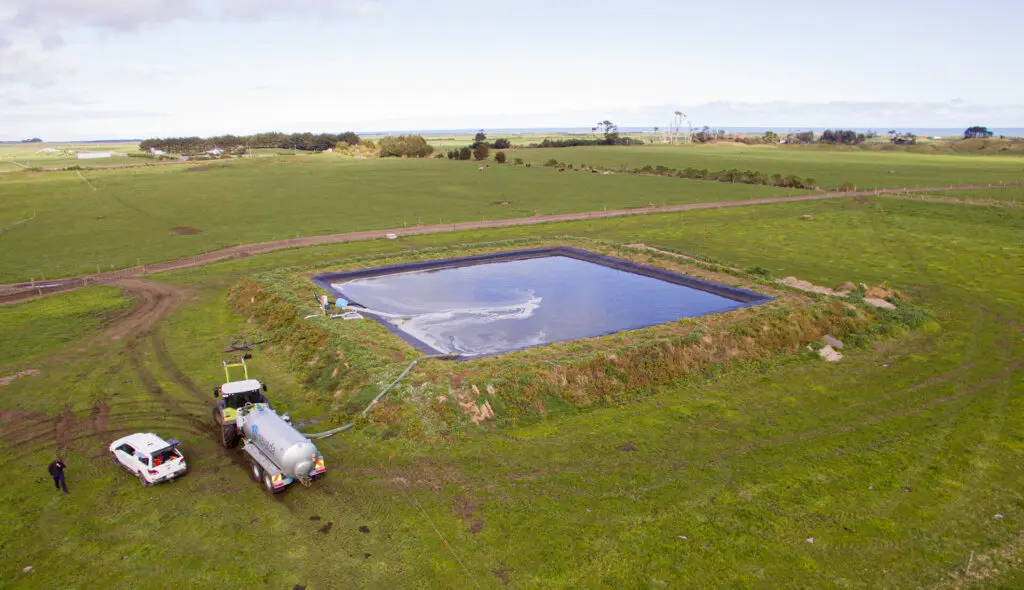
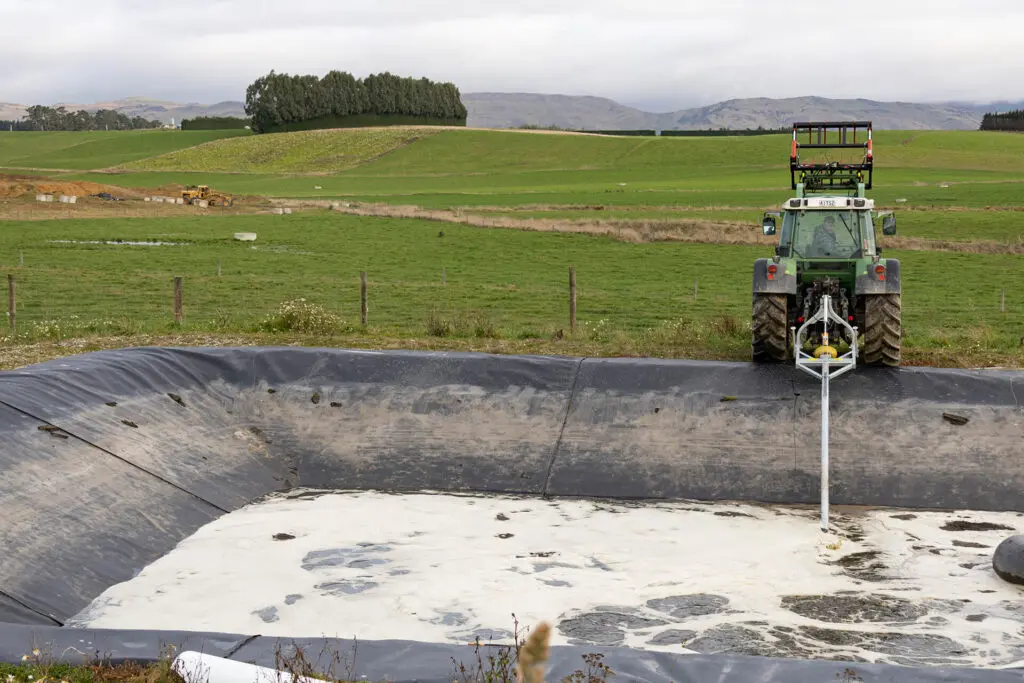
Selecting the perfect effluent system for your dairy farm requires careful consideration of your farm’s unique requirements and circumstances. Electric systems offer automation and efficiency, while PTO systems provide unmatched mobility and versatility. As you make your decision, be sure to factor in potential future changes due to expansion, labor availability, access to a reliable power source, mobility needs, and upfront costs. Remember to also ensure that the system you choose fits within your budget.
At Nevada, we are dedicated to providing expert assessments to help you find the most suitable effluent management system for your dairy farm. Whether you opt for a seamlessly installed electric-powered in-ground system or a mobile tractor-driven solution, our committed team can guide you towards a reliable and compliant effluent management system. Don’t hesitate to reach out to us today to explore the best option for your farm’s unique needs or request a free on-farm assessment.
Together, let’s optimise your dairy farm’s effluent management and ensure its lasting success for the years to come!
"*" indicates required fields
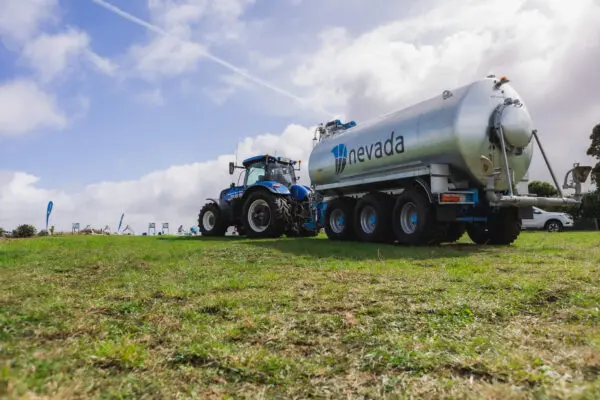
"*" indicates required fields

"*" indicates required fields

"*" indicates required fields
